The automotive industry is undergoing a significant transformation, with electrification becoming the cornerstone of future mobility. Among the various electrified vehicle categories, plug-in hybrid electric vehicles (PHEVs) have emerged as a popular middle ground for many consumers.
They promise the best of both worlds: the ability to drive short distances on electric power alone, reducing fuel consumption and emissions, while retaining a gasoline engine for longer trips, eliminating range anxiety.
As governments worldwide push for stricter emissions standards and consumers become more eco-conscious, PHEVs are gaining traction as practical, transitional vehicles on the road to full electrification.
However, the promise of plug-in hybrids can sometimes mask the reality of ownership. While some models live up to expectations by offering impressive electric ranges, reliability, and reasonable maintenance costs, others suffer from excessive complexity, high repair bills, and intricate powertrain designs that pose challenges for everyday drivers.
The hybrid systems in these vehicles vary greatly in sophistication, from straightforward, proven architectures to cutting-edge but complicated technologies that may not be ready for widespread adoption. This disparity has led to a wide spectrum of ownership experiences, with some PHEVs offering exceptional value and others becoming costly puzzles.
Understanding which plug-in hybrids truly deliver on their promises requires a deep dive beyond surface-level specs and marketing claims. It involves looking at real-world electric range, powertrain reliability, ease of maintenance, total cost of ownership, and how the vehicle performs over the long haul.
It also means acknowledging the trade-offs that come with increased technological complexity, such as higher chances of component failures, more expensive repairs, and a steeper learning curve for both owners and mechanics.
In this article, we explore five plug-in hybrids that stand out as smart investments for those seeking the benefits of electrification without undue complications. These vehicles offer practical electric range, robust powertrains, and relatively straightforward maintenance, making them some of the best PHEVs to own in today’s market.
On the flip side, we also examine five plug-in hybrids whose technological ambitions result in systems so complex that they can create more problems than they solve. These vehicles often carry inflated ownership costs, challenging repair needs, and reliability concerns that make them difficult to justify for many consumers.
Whether you are a buyer considering your first plug-in hybrid, a current owner evaluating your options, or simply an automotive enthusiast interested in the evolution of electrified vehicles, this comprehensive overview will equip you with the knowledge to make an informed decision.
By understanding the benefits and pitfalls of these ten PHEVs, you’ll be better positioned to choose a vehicle that fits your lifestyle, budget, and expectations for long-term ownership.
Also Read: Top 10 Vehicles With Storage Bins That Are Great for First Aid Kits
5 Plug-In Hybrids That Are Worth Owning (Expanded)
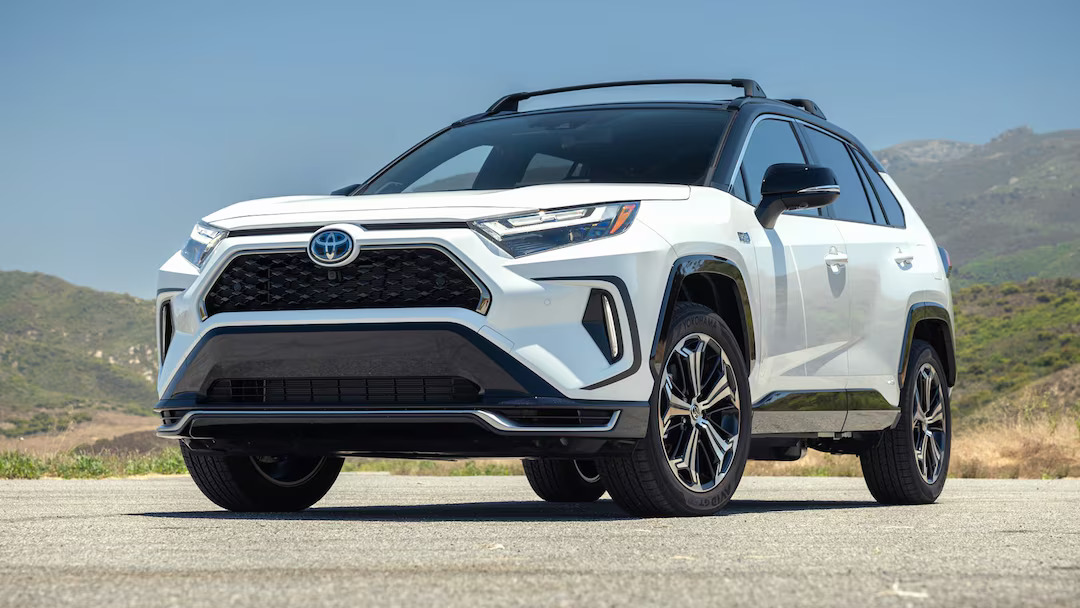
1. Toyota RAV4 Prime
The Toyota RAV4 Prime is arguably the benchmark for plug-in hybrid crossovers, delivering a nearly ideal blend of performance, electric range, efficiency, and long-term reliability. With up to 42 miles of electric-only driving on a full charge, it enables many drivers to complete daily commutes or errands without using gasoline at all.
This EV capability is paired with a 2.5L four-cylinder engine and electric motors that produce a combined 302 horsepower, making it one of the quickest compact SUVs on the market. It’s not just efficient; it’s genuinely fun to drive, with 0–60 mph acceleration times that rival some luxury sports sedans.
What further sets the RAV4 Prime apart is Toyota’s reputation for durable hybrid systems. The company has over two decades of experience in hybrid technology, and that expertise translates directly to the RAV4 Prime.
Its battery pack is well-cooled and designed for longevity, and its planetary gear-based eCVT (electronic continuously variable transmission) avoids the jerky behavior or complexity found in other plug-in setups.
Many owners report excellent reliability with minimal required maintenance beyond tire rotations and brake inspections. This simplicity, combined with stellar resale value and broad dealer support, gives the RAV4 Prime a low cost of ownership over the long haul.
Additionally, the RAV4 Prime doesn’t force the driver to compromise on practicality. It retains a full five-seat layout with ample cargo space, despite the additional hardware beneath the floor. Standard all-wheel drive makes it usable in snow and rain, and the infotainment system, while not the most advanced, is dependable and easy to navigate.
Government incentives (depending on location) can further sweeten the deal. For buyers looking for a plug-in hybrid that performs like a luxury SUV, uses barely any fuel, and will likely last for 200,000 miles or more, the RAV4 Prime is a no-brainer.

2. Honda Clarity Plug-In Hybrid
Although it was discontinued after the 2021 model year, the Honda Clarity Plug-In Hybrid remains one of the most well-rounded and underappreciated vehicles in the PHEV market. With a class-leading electric-only range of about 47 miles, the Clarity could easily cover most daily driving without tapping into its gas engine.
And when the battery was depleted, it reverted to a remarkably efficient hybrid powertrain that consistently delivered over 40 mpg in real-world driving. For those who prioritize electric range but aren’t ready to go fully electric, the Clarity offered the best of both worlds.
Where the Clarity truly shines is in its refinement and ride quality. The cabin is spacious, whisper-quiet, and finished with upscale materials that defy its price point. The handling is composed and predictable, making it an ideal commuter or highway cruiser.
Honda’s design focused on smooth transitions between electric and gasoline power, so there’s no lurching or hesitation like you might find in less polished PHEVs. Over the years, owner forums and reliability surveys have consistently praised the Clarity for its low maintenance costs and durable powertrain components, including the battery and motor systems.
As a used vehicle, the Clarity holds significant appeal. Its depreciation curve is gentle, and because it shares components with other Honda hybrids, parts are relatively easy to find, and service is broadly available.
The hybrid system is passive and doesn’t rely on overly complicated AWD setups or turbocharging, reducing long-term risks.
Plus, with Honda’s reputation for building bulletproof drivetrains, it’s not uncommon to see Claritys with over 150,000 miles still running strong. For buyers who can find a well-maintained example, the Clarity Plug-In Hybrid remains a top-tier option with an ideal balance of value, efficiency, and livability.

3. Ford Escape Plug-In Hybrid
The Ford Escape Plug-In Hybrid is a standout in the compact crossover space for drivers who want electric capability without overpaying for complexity or performance they don’t need. With a real-world electric range of about 37 miles, it’s enough for most people to do their daily commuting, errands, and school drop-offs without needing to refuel.
When the battery is drained, the Escape functions as a standard hybrid, delivering a combined fuel economy of over 40 mpg. It offers all the benefits of electrification without the anxiety of range limitations.
Ford made a smart decision to keep the Escape PHEV front-wheel drive only. This makes it mechanically simpler, reduces weight, and results in fewer potential failure points over time. While it might not be ideal for snow-heavy climates, it’s an excellent solution for suburban or city drivers.
The Escape uses a 2.5L Atkinson-cycle four-cylinder engine that’s been refined over several generations of Ford hybrids, paired with a proven eCVT. This combination is both durable and surprisingly responsive. Interior space is ample, the controls are straightforward, and the tech features, such as SYNC 3 or SYNC 4 (depending on trim), are intuitive and user-friendly.
Reliability is a strong point. Early models had minor infotainment quirks, but drivetrain issues are rare. Routine maintenance is simple, and because the PHEV system is essentially an enhancement of Ford’s well-tested hybrid tech (used in the Fusion and C-Max), parts are widely available, and mechanics are familiar with servicing them.
The Escape PHEV may not be flashy, but its balance of practicality, low ownership costs, and electric versatility makes it one of the smartest plug-in purchases on the market.
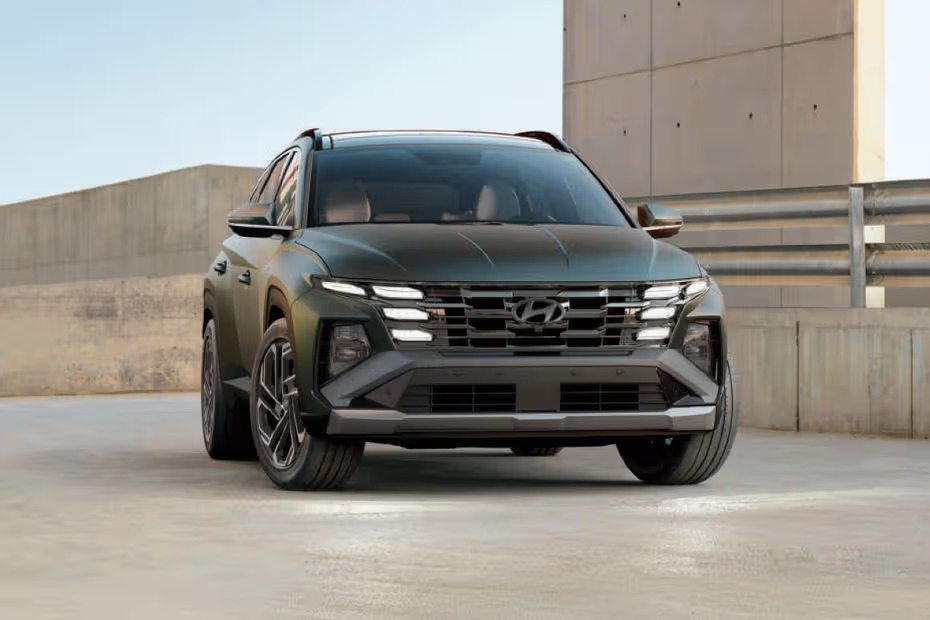
4. Hyundai Tucson Plug-In Hybrid
The Hyundai Tucson Plug-In Hybrid is a recent entrant that has quickly climbed the ranks as a go-to choice for buyers who want a modern, stylish, and capable plug-in SUV. With around 33 miles of electric range, it allows for meaningful all-electric driving, and its 261-horsepower combined output makes it one of the peppier choices in its class.
Hyundai’s latest design language gives the Tucson a futuristic edge, and the cabin reflects the same philosophy: sleek lines, dual screens, and high-end materials even in mid-trim models.
Hyundai backs the Tucson PHEV with a class-leading warranty: 10 years or 100,000 miles on the powertrain and hybrid battery. That alone adds significant peace of mind for buyers wary of long-term hybrid ownership. In terms of driving dynamics, the Tucson offers a smooth ride, responsive handling, and a very quiet cabin, even under engine load.
The 6-speed automatic transmission (unlike some CVT-based rivals) also appeals to drivers who want more traditional driving behavior. Hyundai’s plug-in system is integrated seamlessly, so transitions between electric and gas power are smooth, and regenerative braking is strong without being intrusive.
From a utility perspective, the Tucson retains all the hallmarks of a great compact SUV: roomy rear seats, generous cargo space, and modern safety features. It comes equipped with adaptive cruise control, blind-spot monitoring, lane centering, and more—even in lower trims.
Unlike early plug-ins that often required drivers to accept compromises, the Tucson PHEV is just as usable and versatile as any gas-powered counterpart. And thanks to its attractive pricing and incentive eligibility, it often undercuts rivals while offering superior technology. It’s a complete package that combines efficiency, practicality, and a premium feel in one of the most user-friendly PHEVs on sale today.
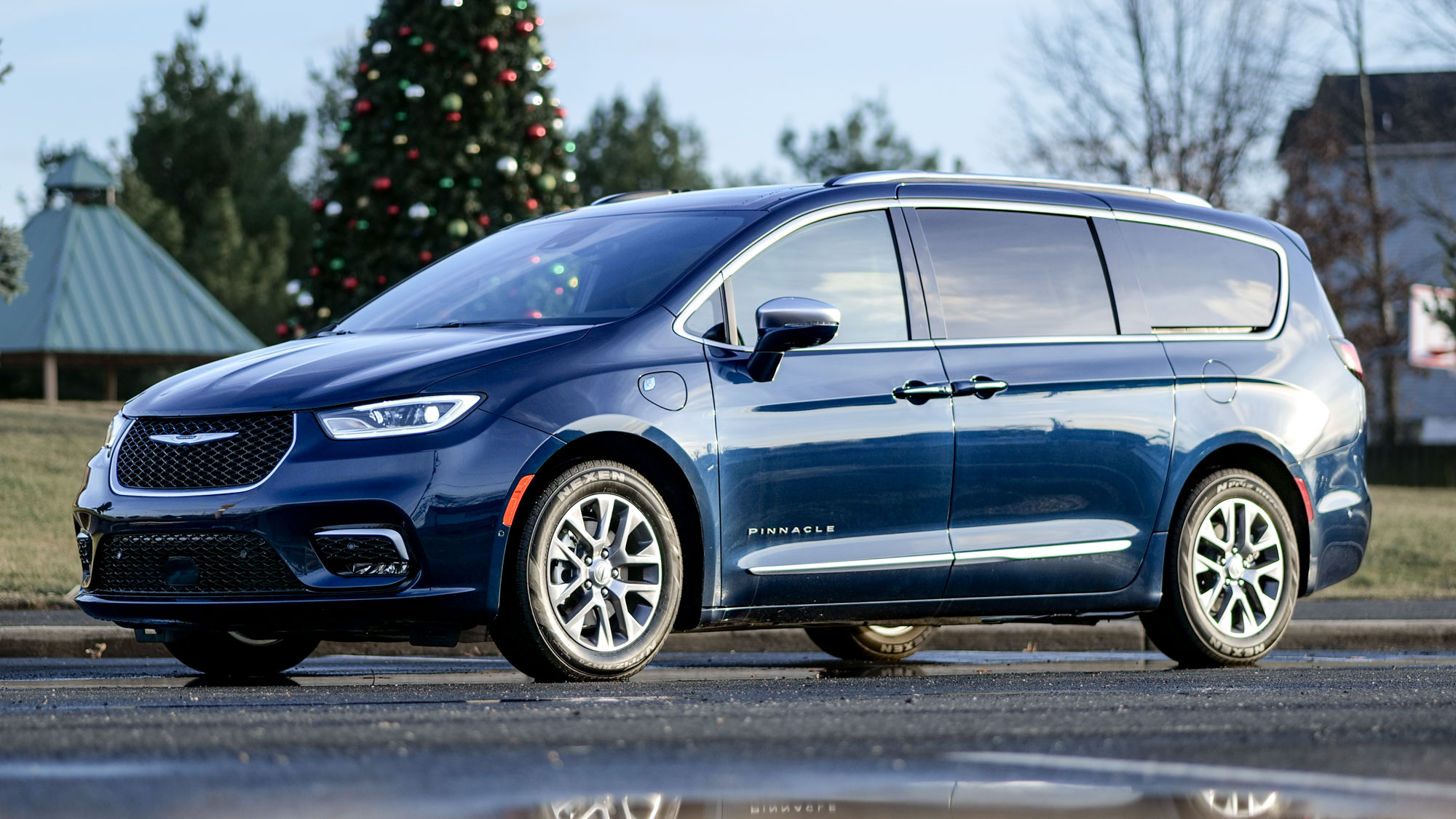
5. Chrysler Pacifica Hybrid
The Chrysler Pacifica Hybrid is a unique entry in the plug-in hybrid world: the only PHEV minivan on the market. Designed with family functionality in mind, it offers 32 miles of electric-only range and a seamless transition to hybrid mode for longer trips.
That means most school runs, commutes, and errands can be done without burning gasoline. For parents and large families, this translates to massive fuel savings, without sacrificing comfort or versatility.
One of the Pacifica Hybrid’s greatest strengths is how well it disguises its hybrid hardware. Despite housing a 16-kWh battery and dual electric motors, it offers seating for seven and nearly all the same cargo configurations as its gas-only counterpart.
The ride quality is smooth, the cabin is whisper-quiet, and the infotainment system (Uconnect) is among the best in the business. Chrysler also improved interior materials and added features like rear-seat entertainment and advanced driver assistance systems, making it feel luxurious even on long trips. With optional features like hands-free sliding doors and a plug-in powertrain, it becomes the ultimate family tool.
Initial models (2017–2018) had software issues and battery glitches, but Chrysler has worked through many of those early teething problems. Newer models (2019+) are far more stable, and owners report improved reliability. The hybrid drivetrain uses a naturally aspirated V6 and is mechanically straightforward compared to complex turbo systems found in other PHEVs.
For families who need serious space but want to embrace electric driving, the Pacifica Hybrid stands in a league of its own. It’s efficient, comfortable, and functional in ways few other hybrids—plug-in or otherwise—can match.
5 Plug-In Hybrids That Are Too Complex to Justify
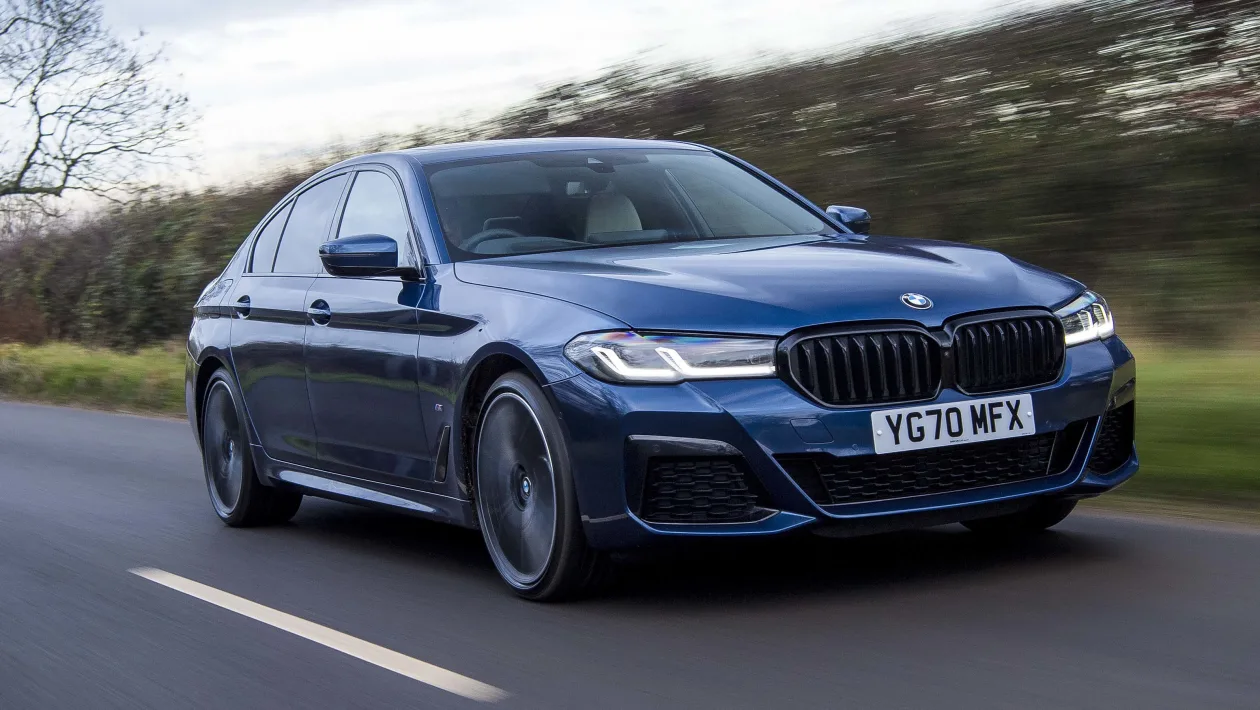
1. BMW 530e xDrive
BMW’s 530e xDrive presents an alluring blend of luxury, performance, and electrification on paper, but the reality of owning one can be far more challenging than the glossy brochure suggests.
The 530e combines a turbocharged 2.0-liter four-cylinder engine with an electric motor and a lithium-ion battery pack, paired with BMW’s complex all-wheel-drive system (xDrive).
While this setup provides brisk acceleration and a semblance of efficiency, the underlying complexity of coordinating multiple power sources and torque distribution mechanisms creates a significant maintenance burden.
The engineering marvel that powers the 530e comes with many intricate parts, such as dual cooling systems (for battery and engine), high-voltage electrical architecture, and advanced software that constantly monitors and adjusts power flow between the gas engine, electric motor, and all four wheels.
While this results in smooth, dynamic driving characteristics, it also means a single malfunction can lead to cascading system errors. Numerous owner reports highlight costly repairs related to battery cooling failures, software glitches that require dealer reprogramming, and malfunctioning drivetrain components.
Repair bills are notably high, and because these systems require specialized diagnostic equipment and expertise, many independent shops are unable to service them, driving owners back to expensive dealerships.
Furthermore, BMW’s hybrid batteries, although reliable in the early years, face degradation issues in high-mileage vehicles. The costs of battery replacement, which can run several thousand dollars, add a layer of financial risk.
Unlike simpler hybrid systems, the 530e’s all-wheel-drive integration adds mechanical complexity, with extra drivetrain components like transfer cases and electronic differentials subject to wear and failure.
For buyers looking for a dependable PHEV that minimizes headaches and maximizes longevity, the BMW 530e is often considered too much technology packed into a chassis that wasn’t initially designed with hybrid simplicity in mind.
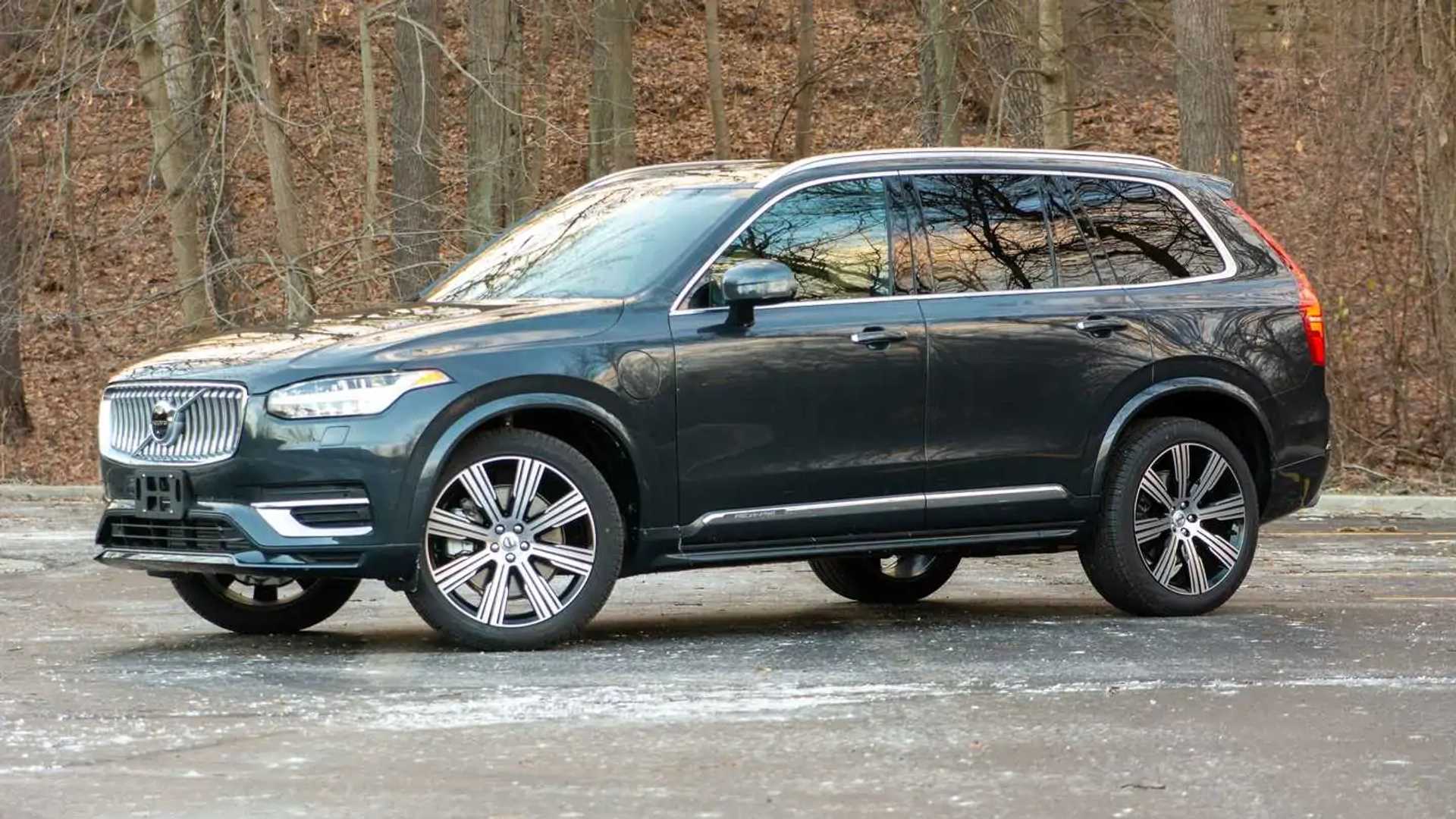
2. Volvo XC90 Recharge (T8)
Volvo’s XC90 Recharge T8 is a luxury plug-in hybrid SUV that appeals to buyers with its striking Scandinavian design, advanced safety features, and formidable powertrain.
The T8 powertrain combines a turbocharged and supercharged four-cylinder engine with an electric motor on the rear axle, creating an all-wheel-drive system without a direct mechanical link between the front and rear wheels. This architecture allows for electrified AWD but also results in a convoluted system that is tricky to maintain and diagnose.
The complexity of the XC90 Recharge’s drivetrain leads to a variety of ownership headaches. Early adopters report issues ranging from electronic glitches in the hybrid management system to problems with battery cooling, which, if not properly maintained, can lead to premature battery degradation.
Volvo’s system is software-intensive, and updates are frequent; however, many of these updates require dealer visits and are not always effective in resolving deep-seated electrical issues. The high-voltage system’s complexity also necessitates costly repairs that few independent shops are equipped to perform, translating to higher ownership costs over time.
Beyond mechanical troubles, the XC90 T8’s battery and electric components are expensive to replace once warranty coverage lapses. The electric-only range, while decent at about 36 miles, doesn’t justify the elevated purchase and maintenance costs for many owners who primarily drive in hybrid mode.
The dual-motor setup and lack of mechanical AWD linkage add strain on electronic controls and create potential failure points that compound maintenance complexity. While the XC90 Recharge is a technological showcase, its sophistication often exceeds what most drivers want to manage, making it a PHEV better suited for enthusiasts who prioritize cutting-edge tech over ease of ownership.

3. Mercedes-Benz GLC 350e
The Mercedes-Benz GLC 350e is a luxury compact SUV that incorporates a plug-in hybrid powertrain into the popular GLC lineup. While the badge alone suggests prestige and quality, the reality of the 350e’s powertrain complexity often overshadows its virtues.
This model combines a turbocharged four-cylinder engine with an electric motor integrated into the transmission housing, paired with a sophisticated lithium-ion battery system. This configuration aims to offer electric-only driving capability, improved fuel efficiency, and smooth power delivery.
However, the GLC 350e’s hybrid system is known for its intricacies and sensitivity. The integration of the electric motor into the transmission means that any issue with the hybrid components can affect the entire drivetrain’s operation, leading to costly repairs.
Problems such as erratic regenerative braking behavior, software glitches affecting power delivery, and cooling system failures are commonly reported by owners. Since Mercedes-Benz vehicles often employ proprietary diagnostics and parts, repair and replacement costs are steep and require visits to authorized service centers.
Additionally, the GLC 350e’s electric-only range is notably short, often between 10 to 12 miles in real-world driving, which leaves owners relying heavily on the gas engine and hybrid mode.
This limited EV capability, combined with the vehicle’s high purchase price and expensive maintenance, causes many to question the value proposition of this PHEV. The 350e is often seen as more of a transitional technology, appealing to buyers who want the cachet of electrification but are willing to accept the tradeoffs of complexity and higher ownership costs.
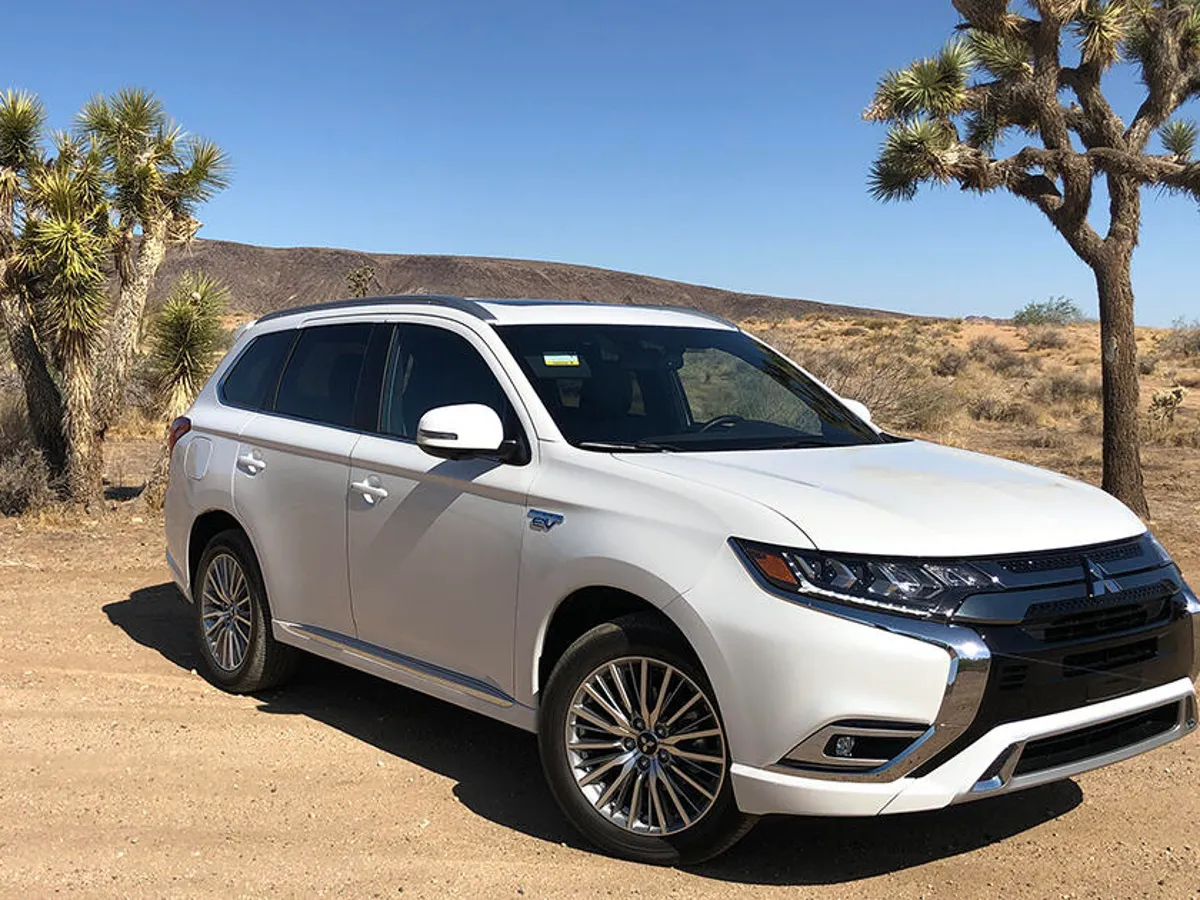
4. Mitsubishi Outlander PHEV (2018–2020 models)
The Mitsubishi Outlander PHEV was one of the earliest plug-in hybrid SUVs available globally and gained popularity for its affordable price and practical electric driving range in the early days of PHEV adoption. However, the 2018 to 2020 model years of the Outlander PHEV highlight the growing pains associated with rushed development and dated technology.
The Outlander uses a series-parallel hybrid system with a gasoline engine primarily acting as a generator for the electric motors driving the wheels, coupled with a dual-motor all-wheel-drive system.
This setup, while innovative at launch, has resulted in complex maintenance challenges. Owners frequently report software glitches that affect battery management and electric motor control. Electrical gremlins manifest as sudden power drops, warning lights, and inconsistent regenerative braking performance.
Moreover, the real-world electric range often falls short of the EPA estimates, sometimes barely surpassing 20 miles diminishing the practical benefits of owning a plug-in hybrid. Mitsubishi’s limited dealer network and sparse availability of specialized hybrid service technicians further exacerbate the maintenance challenge, leading to long wait times and elevated repair costs.
Mechanically, the dual motor AWD system is intricate and requires precise calibration, which can be compromised by wear and tear, especially in cold or wet climates. Battery replacement costs are also significant, and while Mitsubishi offers warranties, finding parts and competent service providers remains a hurdle in many regions.
For drivers seeking a simple, reliable PHEV, the older Outlander models present too many risks and inconveniences, making them better suited for buyers willing to accept potential headaches for the sake of an early electric experience.

5. Cadillac ELR
The Cadillac ELR was General Motors’ luxury take on the Chevrolet Volt’s plug-in hybrid platform. With sleek coupe styling and upscale interiors, the ELR was designed to attract buyers seeking a premium PHEV with distinct styling cues.
However, despite its attractive design and underlying Volt technology, the ELR is frequently criticized for its overcomplicated electronics and user interface, which detract from the ownership experience.
Technically, the ELR shares its powertrain with the Volt, a solid and proven system, but Cadillac layered on additional electronic features, infotainment complexity, and luxury systems that increased the risk of faults.
Early ELR owners reported issues with the touch screen, confusing control layouts, and problems with software updates that sometimes disrupted hybrid system performance.
Furthermore, the limited production numbers have led to sparse parts availability, making maintenance and repairs more costly and difficult than those of more mainstream PHEVs.
The ELR’s electric range hovered around 35 miles, but the vehicle’s high price and low practicality (only seating four with limited cargo space) diminished its appeal.
While it has since found a niche following among collectors, its complexity and lack of dealer support make it a poor choice for buyers who want a hassle-free plug-in hybrid. The ELR embodies the pitfalls of pushing hybrid technology into luxury packaging without fully considering the long-term implications for owners and service providers.
Also Read: 10 Safe and Affordable Cars in 2025 That Earned IIHS Top Safety Pick Plus Ratings
Plug-in hybrid electric vehicles occupy a unique space in the automotive landscape, offering an appealing bridge between conventional internal combustion engines and fully electric vehicles.
Their dual powertrain setup provides a compelling solution for those who want to embrace electrification but are not ready or able to commit to an all-electric vehicle due to charging infrastructure, range concerns, or personal preferences.
However, as this article has shown, not all PHEVs are created equal. The difference between a plug-in hybrid that is worth owning and one that is overly complex and difficult to maintain can be stark.
The five plug-in hybrids highlighted as worth owning excel because they strike the right balance between electric range, reliability, practicality, and cost of ownership. These vehicles have demonstrated that a plug-in hybrid doesn’t need to be overly complicated to be effective.
Their engineering focuses on user-friendly technology, proven powertrains, and thoughtful integration of electric and gasoline power.
Owners of these models can enjoy substantial fuel savings, reduced emissions, and the convenience of electric driving without being burdened by frequent repairs or complicated servicing requirements. These PHEVs also tend to retain value better and have wider service networks, making ownership more predictable and satisfying.
Conversely, the five PHEVs identified as too complex highlight the risks of pushing hybrid technology beyond its practical limits in pursuit of performance, luxury, or cutting-edge innovation. In these vehicles, sophisticated multi-motor setups, advanced electronic controls, and intricate thermal management systems introduce numerous potential failure points.
While these systems may offer exciting features and impressive specifications on paper, they often translate into higher maintenance costs, difficult diagnostics, and a frustrating ownership experience.
For many drivers, the technological sophistication does not justify the added complexity and expense, especially when simpler alternatives deliver most of the same benefits with fewer headaches.
The reality is that as plug-in hybrid technology continues to evolve, the industry will likely see a gradual convergence towards more reliable, less complex systems that prioritize durability and ease of use.
Advances in battery technology, software integration, and modular drivetrain design will help reduce the maintenance challenges that currently plague many complex PHEVs.
In the meantime, consumers are advised to carefully research and consider their priorities when selecting a plug-in hybrid. Factors like intended driving patterns, local charging infrastructure, and tolerance for maintenance complexity should weigh heavily in the decision-making process.
Ultimately, owning a plug-in hybrid can be a highly rewarding experience, providing an opportunity to reduce one’s carbon footprint, enjoy quiet electric driving, and still have the freedom of a gasoline engine for longer journeys.
Choosing the right vehicle—one that balances technology with reliability and practicality—is key to maximizing those benefits. By understanding the strengths and weaknesses of various PHEVs, buyers can avoid costly mistakes and enjoy a smoother, more satisfying transition into the electrified future of driving.

